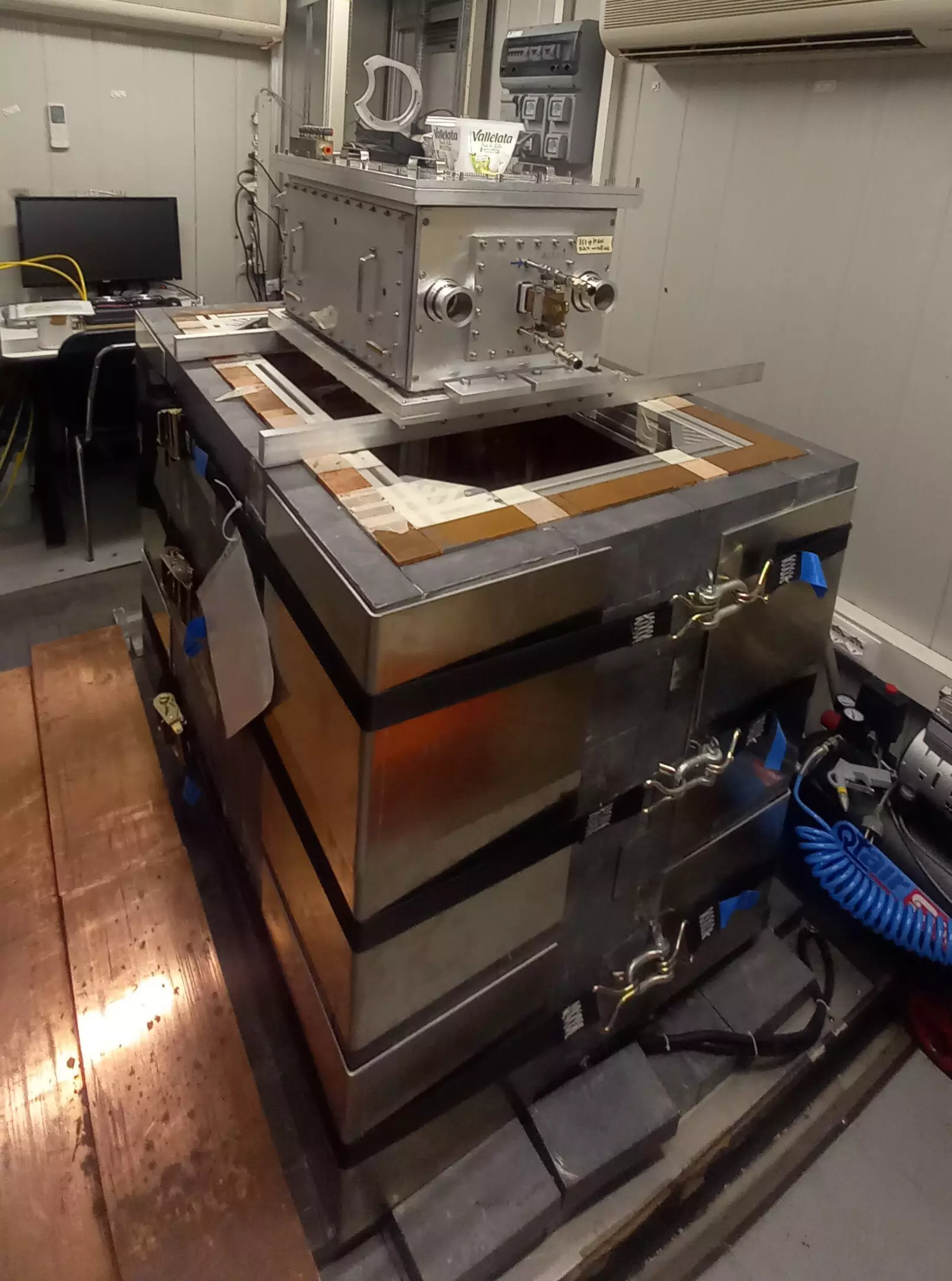Quantum mechanics can appear downright bizarre, straddling the line between reality and abstraction. Central to many discussions about its oddities is the philosophical thought experiment known as Schrödinger’s Cat—a hypothetical scenario in which a cat is simultaneously alive and dead, existing in a superposition until it is observed. While this metaphorical feline might be a useful illustration of quantum principles, real-world instances rarely stray from our commonsensical experiences. This disconnection opens the door to fundamental questions regarding the universe’s underlying mechanisms, leading a collective of international scientists to propose innovative methodologies for investigating potential alternatives to standard quantum theory.
At its core, standard quantum theory posits that particles exist in superposition, a state where they can manifest in multiple forms at once. Classic explanations of this phenomenon suggest that until measured or observed, a particle can exist in conflicting states—be it a position in space or a decay of a radioactive nucleus. Catalina Curceanu, a physicist associated with the National Institute for Nuclear Physics in Italy, highlights the implications of this model through an illustrative analogy involving a cat, a box, and a radioactive substance that could initiate the release of poison.
Surprisingly, empirical studies have validated the existence of superposition in objects that challenge our everyday notions of reality, with experiments demonstrating these effects in relatively large systems like a sapphire crystal weighing 16 micrograms. Yet, despite the theoretical framework permitting superpositions even in large objects, such phenomena do not manifest in macroscopic reality—a discrepancy physicists have termed the “measurement problem.”
The measurement problem poses a significant challenge within quantum mechanics, embedded in the concept of wavefunction collapse. Scientists use mathematical functions to describe quantum systems, tracking their evolution until they’re subjected to observation. At this juncture, the wavefunction collapses, resulting in what we perceive as classical states, thereby stripping away the quantum characteristics that define the system prior to measurement.
While this framework is robust, it falls short of explaining the underlying causes of wavefunction collapse. This gap has spurred independent researchers to propose various models meant to address quantum mechanics’ shortcomings. Notably, researchers have developed “quantum collapse models” suggesting intrinsic physical processes that could catalyze these collapses—the essence of which implies larger systems might experience faster collapse rates.
Within the context of ongoing attempts to unravel the measurement mystery, Curceanu and her collaborators—spanning academic institutions globally—recently made strides in hypothesizing and testing different collapse models in their research published in Physical Review Letters. These fall into two primary categories: Continuous Spontaneous Localization (CSL), where random processes trigger collapses; and gravity-related models, notably those developed by physicists Lajos Diòsi and Roger Penrose.
Despite various experimental endeavors undertaken to observe the spontaneous radiation effects predicted by these models, researchers have yet to yield clear empirical evidence. Nonetheless, the investigative journey has granted scientists insights that constrain various collapse models and refine predictions regarding quantum behavior.
The recent study that Curceanu and her team published focuses particularly on the spontaneous electromagnetic radiation emitted from atomic systems in the X-ray range—an area overlooked by earlier models. Their calculations revealed unexpected disparities with conventional predictions, notably that the rate of radiation emissions is not only influenced by the atomic species examined but is also contingent on the specific collapse model employed.
This revelation could be groundbreaking. It indicates that particular atomic characteristics may hold the key to understanding how different collapse scenarios manifest, potentially leading to breakthroughs in knowledge grounded in quantum mechanics.
As part of their ongoing investigations, Curceanu’s team is refurbishing their experimental setup at Italy’s LNGS-INFN underground laboratory. They aim to conduct more precise measurements of predicted X-rays and further examine the interplay between spontaneous radiation and atomic structure. Should they obtain significant results, the implications could reverberate throughout various scientific disciplines.
The intersection of straightforward observations and perplexing quantum phenomena invites ongoing scrutiny. The innovative approaches demonstrated by Curceanu and her colleagues represent not only theoretical progress but a concerted effort to bridge the chasm between quantum mechanics and observable reality. As these scientists continue to probe the depths of the quantum world, the pursuit of understanding may ultimately yield insights that transcend current scientific paradigms, reaffirming the dynamic and endlessly fascinating nature of the cosmos.

